Glossary
-
Alternating current (AC) charging is typically how people charge their electric vehicles overnight. AC charging uses a lower voltage, either Level 1 (120 volts or normal household current) or Level 2 (240 volts or the equivalent power of an electric dryer). Though the low voltage levels mean a slower charge, AC charging can be easily installed in most households. It’s a great solution for residential, workplace, multi-unit dwellings, and other longer-term parking locations like hotels and municipal or airport parking garages.
-
The strength of an electric current measured in amperes. The amount of electric current flow, similar to the flow of water in gallons per minute.
-
A battery electric vehicle (BEV) is a type of electric vehicle. BEVs store energy within the batteries inside the vehicle. A BEV does not have an internal combustion engine, but instead relies solely on an electric battery system for energy. It must be plugged into a charging source to replenish its battery. As of 2018, many BEVs can operate between 100 and 300 miles on a single charge.
-
CCS is a direct current (DC) fast charging protocol that is Society of Automotive Engineers (SAE) certified. CCS is featured on vehicles produced by European and American car companies. The “combined” term in the CCS name designates its capability to incorporate the Level 2 (J1772 standard) plug and DC fast charging connector into the same larger plug. The CCS plug nozzle is also commonly referred to as a “combo plug.” You’ll have to find out from your car’s manufacturer whether your vehicle is compatible with a CCS or CHAdeMO plug. All Electrify America stations offer both CCS and CHAdeMO connectors.
-
CHAdeMO is a DC fast charging protocol that was first developed for the Japanese EV market; in the US, it is currently capable of charging vehicles like the Nissan Leaf and Mitsubishi Move. The CHAdeMO protocol is officially recognized as an international DC charging standard by the International Electrotechnical Commission (IEC) alongside CCS plugs for US and Europe. All Electrify America stations offer both CHAdeMO and CCS chargers.
-
Charging an EV is “refueling” an electric vehicle battery with electricity. The time a battery takes to charge depends on the size of the battery in kWh, the amount of electric current being supplied, and the amount of power the car is designed to receive.
-
An electric vehicle uses electric motors and motor controllers to power the vehicle instead of propulsion via an internal combustion engine. EVs store electricity in a battery that powers the vehicle’s wheels through an electric motor. Different types of EVs include the battery electric vehicle (BEV), the plug-in hybrid electric vehicle (PHEV), the hybrid electric vehicle (HEV), and the fuel cell electric vehicle (FCEV).
-
EVSE is the term used to describe EV chargers and equipment.
-
One of the most common connectors is the Level 2 J1772; Society of Automotive Engineers (SAE) standard adopted it in North America and Japan.
-
A unit of energy equivalent to the energy transferred or expended in one hour by one kilowatt of power. Electric car battery size is measured in kilowatt-hours, so think of it as the electric car’s equivalent of the size of an internal combustion vehicle’s gas tank.
-
OCPP is the standard developed to provide powerful, open, and interoperable communication between the different electric vehicle charging infrastructure companies, hardware, and networks. The Open Charge Alliance (OCA) is the global consortium of public and private EV infrastructure leaders that have come together to promote this standard.
-
A PHEV is a type of hybrid electric vehicle that combines an internal combustion engine with an electric motor and a large battery that can be recharged by plugging into an electrical outlet—or in some cases, an electric vehicle charging station. Plug-in hybrids typically can run in at least two modes: “all-electric,” where the motor and battery provide all the car’s energy, and “hybrid,” where both electricity and gasoline are used.
-
This technology features the IEC/ISO 15118 standard to make paying for a charge easier. Following setting up an Electrify America account, and inputting a payment method, the charger can recognize capable vehicles and will automatically complete the charge’s payment. For capable vehicles, there’s no need for cards or apps at the station; simply plug-in and charge. This new technology is now available for a growing number of Plug-and-Charge-capable vehicles, including the 2021 models of the Porsche Taycan and the Ford Mustang Mach-E. Electrify America is the first company to offer this service to automakers.
-
SOC is the equivalent of a fuel gauge for the battery pack in an EV. The units of SOC are percentage points, with 0% meaning no charge left and 100% meaning fully charged.
-
Three vehicle types are considered ZEVs:
- An on-road passenger car or light-duty vehicle, light-duty truck, medium-duty vehicle, or heavy-duty vehicle that produces zero exhaust emissions of all of the following pollutants: non-methane organic gases, carbon monoxide, particulate matter, carbon dioxide, methane, formaldehyde, oxides of nitrogen, or nitrous oxide, including, but not limited to, battery electric vehicles (BEV) and fuel cell vehicles (FEV);
- An on-road plug-in hybrid electric vehicle (PHEV) with zero-emission range greater than 35 miles as measured on the federal Urban Dynamometer Driving Schedule (UDDS) in the case of passenger cars, light-duty vehicles, and light-duty trucks, and 10 miles as measured on the federal UDDS in the case of medium- and heavy-duty vehicles; or
- An on-road heavy-duty vehicle with an electric-powered takeoff.
